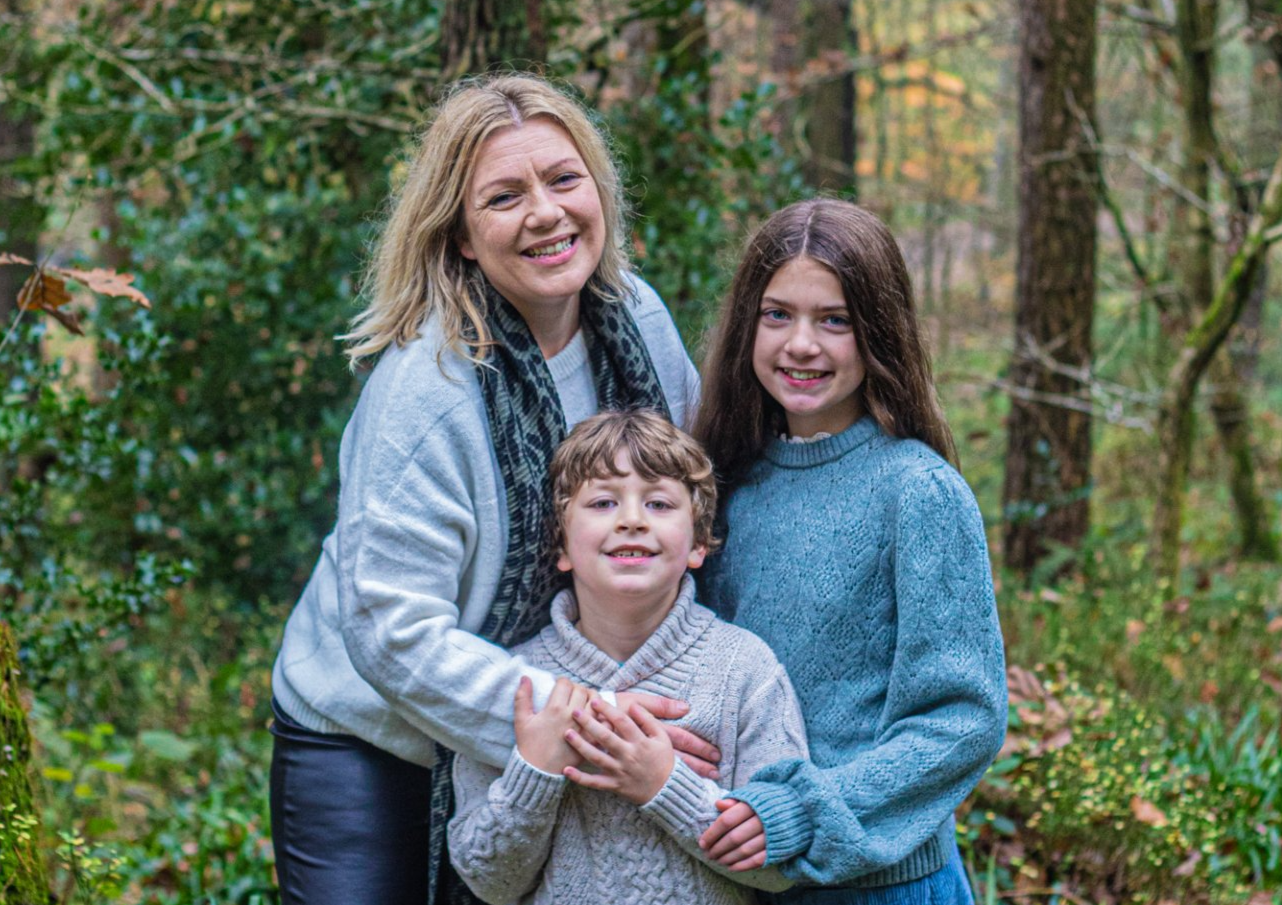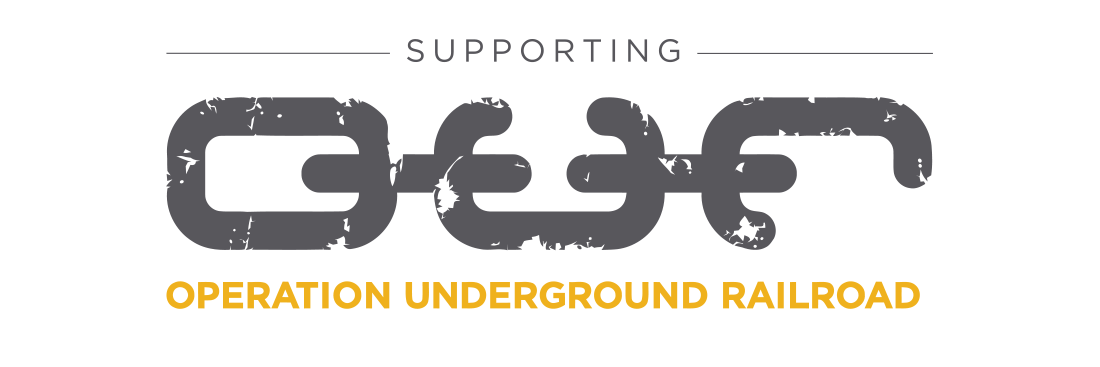You Are Not Your Thoughts - Don't give them a Chair
Thoughts will come and go - you choose which to engage with

The Psychologist William James said that ‘Thoughts become perception; perception becomes reality. Alter your thoughts; alter your reality.’
How do we alter our thoughts?
First learn to catch them.
Up to 90% of our thoughts are repeated thoughts. We’ve been having for days, weeks, months and terrifyingly even years. Think of one thing that you either hear yourself complaining or worrying about in your head or say out loud to a confidant, then think about how many times you may have had or shared that thought out loud. Now think when was the first time you ever had that thought? Once you are aware of it as a thought that resurfaces, you can understand that it is on record. The previous experience has been recorded and it just plays over and over in your head as and when.
Next time it comes to the forefront of your mind. You are the one doing the noticing, the thought is just a replay.
Someone once said:
Your mind is a waiting room, thoughts are like people – they come and go – you don’t have to give them a chair to sit down.
Choose which thoughts you engage with.
Sidestep - If we can choose the thoughts we engage with, why do we engage with thoughts that do not serve a positive purpose?
In any action – eating pizza, chocolate. Drinking alcohol. Gossiping. Regardless of the chosen behaviour, it is the same answer: we do it because it is meeting at least one human need. If we do it even when we wish we didn’t, it is probably meeting more than one.
Engaging with negative thoughts could be that we get some amount of certainty. Certainty that we should worry or feel a certain way. Certainty is a human need, if we are right about our concern, we get certainty at some level.
Focusing on negative conversations for a moment as an example. Have you ever been around a person that whenever you are with them the conversation always goes to a certain negative topic? Why does that happen? Do people just love a good moan? Well, maybe – but why? What is the motivation for this behaviour? If we share our thoughts and feelings with another human being and they agree with us that we have been wronged, then we just met a second human need for CONNECTION. So now we get to be RIGHT (certainty) and we get to feel heard (connection). Even if the topic is not uplifting and at you feel some negativity it will feel good enough to keep doing it. Now consider that with any destructive behaviour, what is someone getting versus what they are losing. Here are the 6 human needs as described by Tony Robbins:
Connection v’s Uniqueness/Significance
Certainty (stability) v’s Uncertainty (adventure)
Personal Growth and Contribution
REVERSING a little here – Catching your thoughts is the first step. A really good read on the whole idea of being the listener and not the creator of your thoughts is Micheal A Singer’s The Untethered Soul. I highly recommend it as a summer read. Especially if the idea that your thoughts are not you but are a tape recorder of your past experiences presents some resistance for you. If you are not sure you like that idea, definitely read his book.
We notice them and as we notice the ones that replay we can start to notice them happening at certain times, in certain environments or around certain people – even seasonally. If your body has been through it before it has recorded impressions of it. I have the same feeling every year when Spring arrives as I did when I found out I was pregnant 22 years ago. It’s hard to describe but I recognise it every year as this particular physical experience. As we become better skilled at noticing our thoughts and triggers to those thoughts we will see which is our tape-recorded message and we can start to hijack a pattern if it is unhelpful to our desired outcome.
My Mission with this blog is to show you why and how hijacking those recorded thoughts is key to accessing your next level. giving you an answer to that question founded in the science.
1. Notice any repeated thoughts
2. Notice any repeated conversations you are having
3. Notice how long you have been saying that one thing
Send me a message on my Instagram page @ sarah_jchapman to let me know if you caught an uninvited thought.
The next blog will continue to look at how we can catch these thoughts and just what we can do with them once we have.









